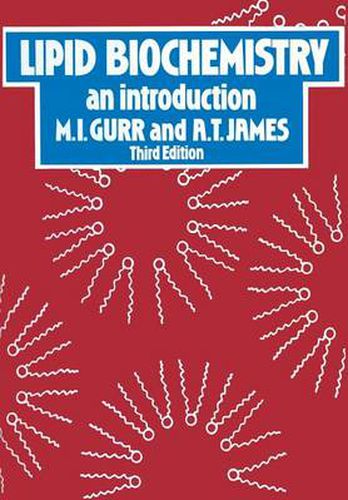Readings Newsletter
Become a Readings Member to make your shopping experience even easier.
Sign in or sign up for free!
You’re not far away from qualifying for FREE standard shipping within Australia
You’ve qualified for FREE standard shipping within Australia
The cart is loading…






This title is printed to order. This book may have been self-published. If so, we cannot guarantee the quality of the content. In the main most books will have gone through the editing process however some may not. We therefore suggest that you be aware of this before ordering this book. If in doubt check either the author or publisher’s details as we are unable to accept any returns unless they are faulty. Please contact us if you have any questions.
In the preface to the Second edition, we made a prediction that many exciting developments would take place in the coming years that would change the face of a new edition. This has indeed been the case and the current edition reflects these new advances. Our picture of the structure of the fatty acid synthetase has changed dramatically, bringing a new concept in enzymology - the multicatalytic polypeptide chain. This new knowledge owes much to the exploitation of genetic mutants, the use of which is undoubtedly going to extend into many other areas of lipid biochemistry. An understanding of the control of lipid metabolism has also advanced considerably during the last decade and we have tried to reflect that here, although it will be some years before a truly integrated picture can be obtained. For this reason we have continued to deal with the control of particular aspects of lipid metabolism - fatty acids, triacylglycerols, lipoprotein- in the specific chapters but we can foresee the time when a chapter on the overall integration of lipid metabolism will be appropriate and feasible. As a particular example, the exciting new concepts of the control of cholesterol metabolism in specific tissues via the interaction of low density lipoproteins with cell surface receptors have been described in Chapter 6.
$9.00 standard shipping within Australia
FREE standard shipping within Australia for orders over $100.00
Express & International shipping calculated at checkout
This title is printed to order. This book may have been self-published. If so, we cannot guarantee the quality of the content. In the main most books will have gone through the editing process however some may not. We therefore suggest that you be aware of this before ordering this book. If in doubt check either the author or publisher’s details as we are unable to accept any returns unless they are faulty. Please contact us if you have any questions.
In the preface to the Second edition, we made a prediction that many exciting developments would take place in the coming years that would change the face of a new edition. This has indeed been the case and the current edition reflects these new advances. Our picture of the structure of the fatty acid synthetase has changed dramatically, bringing a new concept in enzymology - the multicatalytic polypeptide chain. This new knowledge owes much to the exploitation of genetic mutants, the use of which is undoubtedly going to extend into many other areas of lipid biochemistry. An understanding of the control of lipid metabolism has also advanced considerably during the last decade and we have tried to reflect that here, although it will be some years before a truly integrated picture can be obtained. For this reason we have continued to deal with the control of particular aspects of lipid metabolism - fatty acids, triacylglycerols, lipoprotein- in the specific chapters but we can foresee the time when a chapter on the overall integration of lipid metabolism will be appropriate and feasible. As a particular example, the exciting new concepts of the control of cholesterol metabolism in specific tissues via the interaction of low density lipoproteins with cell surface receptors have been described in Chapter 6.